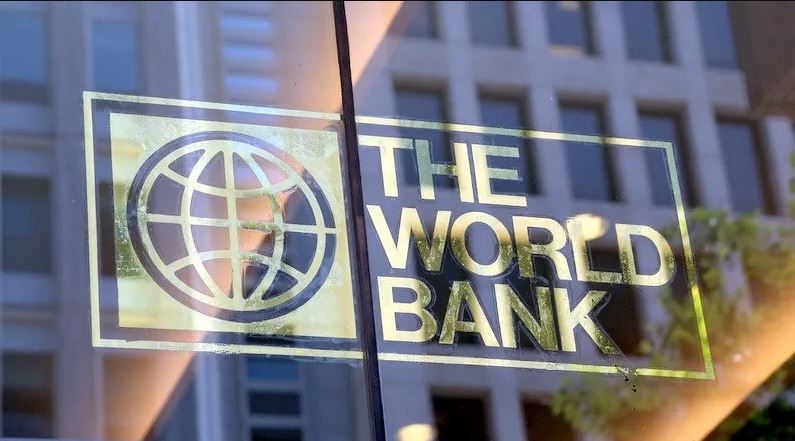Pakistan’s foreign reserves will remain as low as 1.3 months of total imports despite successful completion of the International Monetary Fund (IMF) Stand-By Arrangement (SBA) and continued rollovers by friendly states, reveals World Bank report ‘Pakistan Development Update: Fiscal Impact of Federal State-Owned Enterprises’.
Pakistan will continue to face liquidity issues in the medium term due to trade deficit and limited access to external financing, says the report released on Tuesday.
“In the absence of major and sustained economic reforms, Pakistan is expected to continue to face foreign exchange liquidity issues due to the trade deficit and limited access to external financing,” the report says.
The real GDP growth is expected to remain 1.8 per cent in FY24. The growth is expected to gradually increase to an average of 2.5pc over FY25 and FY26 after implementation of new IMF program.
Agricultural growth is expected at 3pc in FY24 due to a higher output of major crops, especially cotton and rice. In FY25-26, the agriculture sector is expected to grow at an average rate of 2.5pc. Industry is expected to grow at 1.8pc in FY24 due to strong performance of agriculture sector.
Inflation will remain on the higher side due to higher domestic energy prices. Consumer price inflation is projected to remain elevated at 26pc in FY24.
“The increase in prices is driven by domestic gas, electricity, and fuel tariff adjustments resulting in significant increase in domestic energy prices,” the report says.
“Growth in private consumption is projected to decline to 1.7pc in FY24, due to decrease in real incomes because of high inflation and import management measures.”
However, inflation will gradually moderate in FY25–26 due to a high base effect and as global commodity prices ease. The current account deficit (CAD) is expected to remain low due to import management measures.
“The CAD is expected to remain low at 0.7pc of GDP in FY24 and to further narrow to 0.6pc of GDP in FY25 and FY26,” the report further says.
The report says that no poverty reduction is expected because of weak growth and continued high inflation, with some 40pc population living below the poverty line.










